We may earn money or products from the companies mentioned in this post. This means if you click on the link and purchase the item, I will receive a small commission at no extra cost to you ... you're just helping re-supply our family's travel fund.
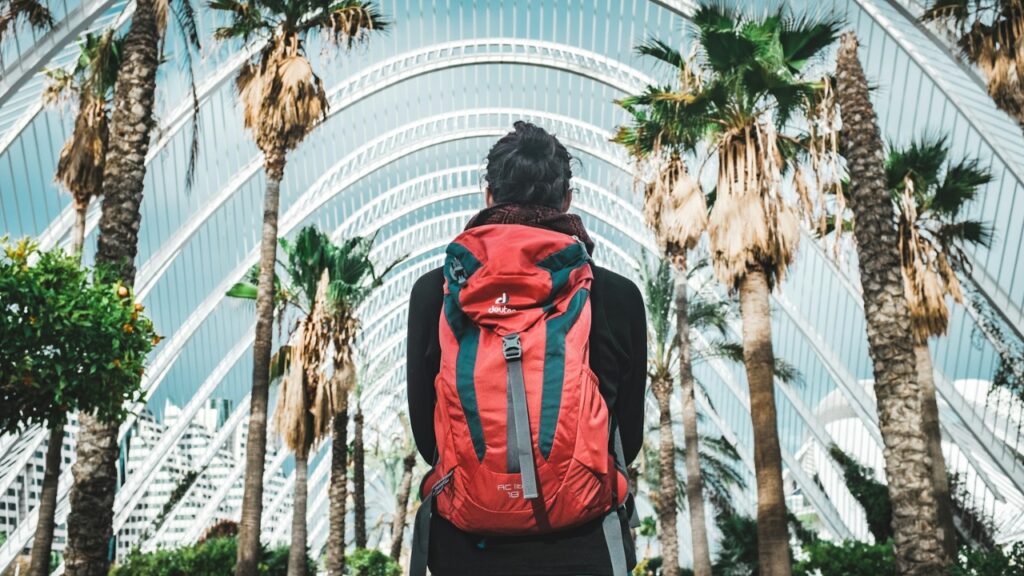
The backpack is the ultimate symbol of adventure, a promise of freedom and spontaneity slung over your shoulder. But as you plan your journey, a practical question often arises: can this beloved companion handle the rigors of being checked luggage? You might hesitate, picturing its straps caught in a conveyor belt. The simple answer is yes, you can absolutely check your backpack. With a little preparation and insider knowledge, you can ensure your pack and all its contents arrive safely, ready for the adventure that awaits.
1. The Golden Rule: Secure All Loose Straps
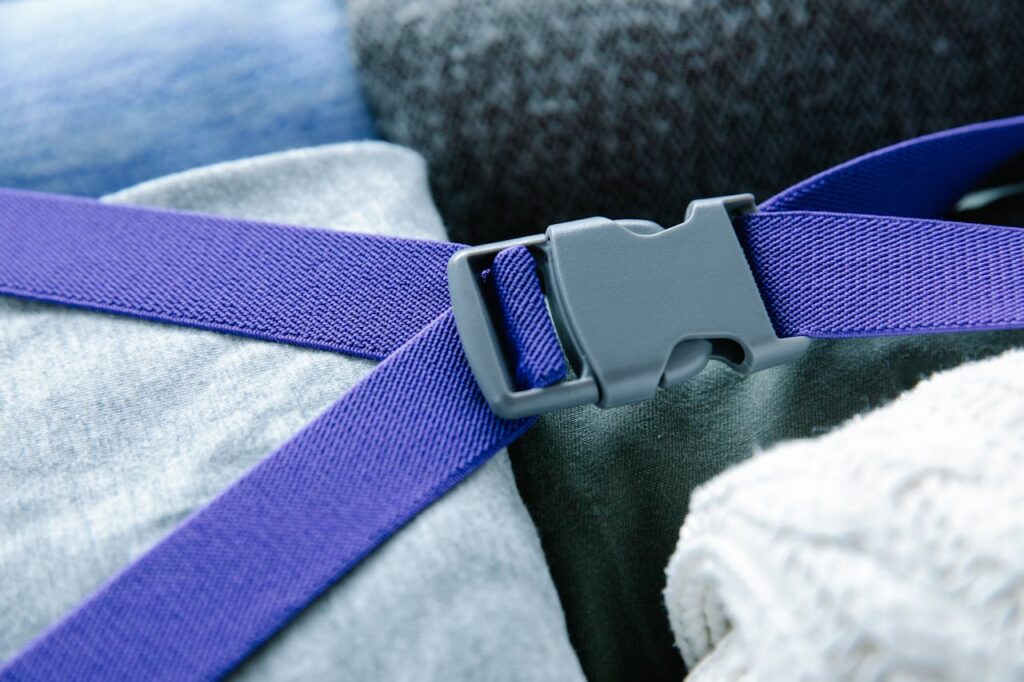
This is the single most important thing you will do. An airport’s automated baggage system is an industrial maze of conveyor belts and machinery, and a backpack’s dangling straps are its greatest weakness. Before that bag leaves your sight, cinch every strap down as tightly as you can. Buckle the waist and sternum straps, then meticulously tuck or tape down all the loose ends. This simple, two-minute ritual is what separates a bag that arrives safely from one that arrives torn or damaged.
2. Consider a Protective Cover
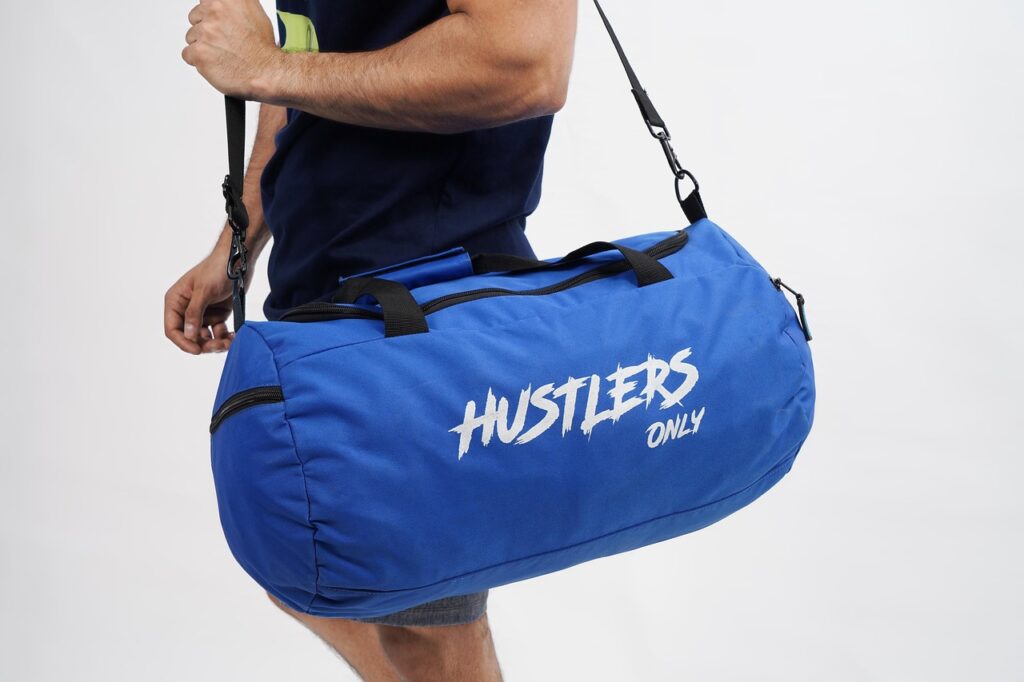
For ultimate peace of mind, think of a travel cover as an insurance policy for your gear. A dedicated pack duffel or even a simple, large laundry bag transforms your technical pack into a sleek, featureless piece of luggage. This not only contains all the straps but also protects the fabric from scuffs, dirt, and moisture. Many dedicated covers are also lockable, offering another layer of security. It is an inexpensive piece of equipment that provides invaluable protection against the anonymous chaos of baggage handling.
3. Know Your Airline’s Rules

To an airline, your carefully chosen backpack is just a set of dimensions and a weight. While it may look different, it is subject to the exact same rules as any other checked bag or piece of hold luggage. Before you go, check your airline’s website for their specific weight and size limits, which are typically 50 pounds for an economy ticket. A fully loaded trekking pack can easily exceed this limit, resulting in expensive overweight fees at the check-in counter. Weighing your bag at home prevents any costly surprises.
4. Pack Smart: Valuables Stay with You
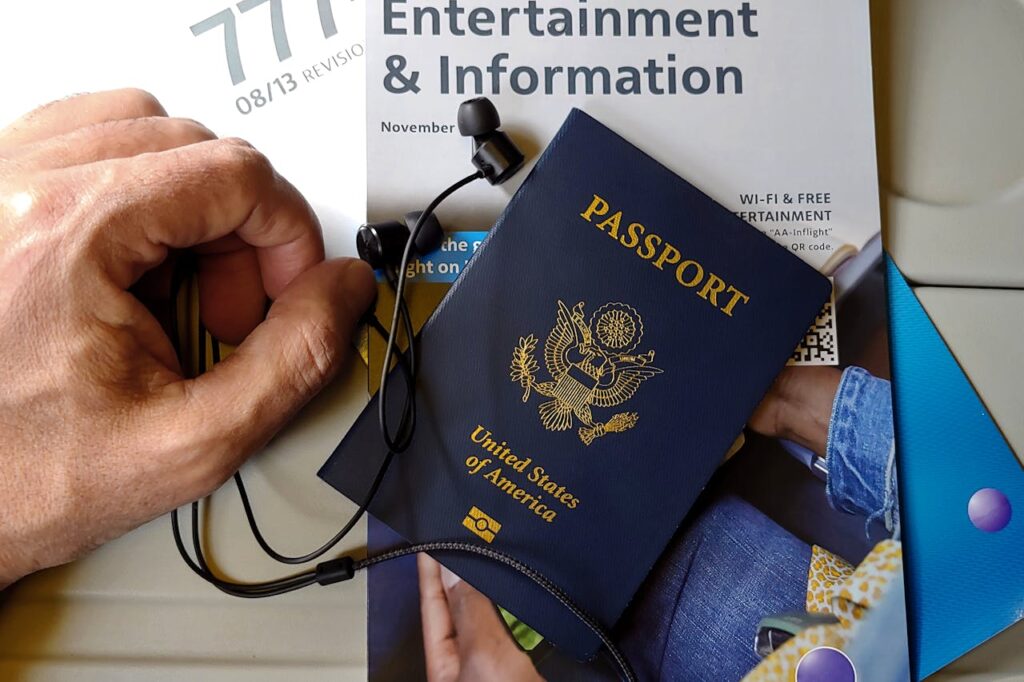
This is the unbreakable rule of travel, and it is absolute. Your passport, wallet, medications, electronics, jewelry, and any sentimental items must never go into a checked bag. Your core essentials should always be with you in your carry-on. It’s wise to also include a change of clothes and basic toiletries. Think of it this way: if your checked bag is delayed, what would you need to survive comfortably for 24 hours? Pack that, and keep it with you at all times.
5. Assess Your Backpack’s Durability
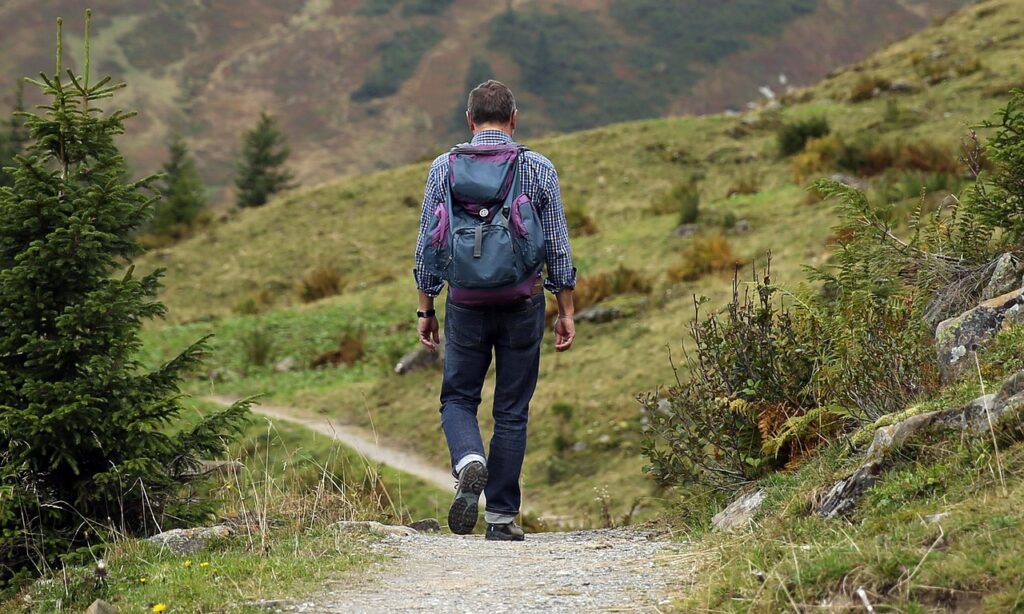
Not all backpacks are built to survive the cargo hold. A rugged travel pack made from high-denier Cordura or a similar durable fabric is designed for this kind of abuse. A standard school bookbag or a lightweight daypack, on the other hand, may have thin fabric and single-stitched seams that could easily tear under stress. Honestly assess your pack’s construction. If it feels more suited for campus than for the backcountry, using a protective duffel is the only way to ensure it arrives in one piece.
6. Why Check a Backpack in the First Place?

Checking your backpack can be a strategic choice for a more graceful travel day. It liberates you from the 3.4-ounce liquid limit, allowing you to pack full-sized sunscreen or shampoo. It’s the only way to transport essential gear with sharp points, like trekking poles or a pocket knife. Most importantly, it frees you from being a beast of burden. Imagine breezing through the airport with just a small daypack, navigating security and crowds with an unencumbered ease. The checked bag fee is often a small price to pay for that freedom.
7. A Note on Framed Backpacks
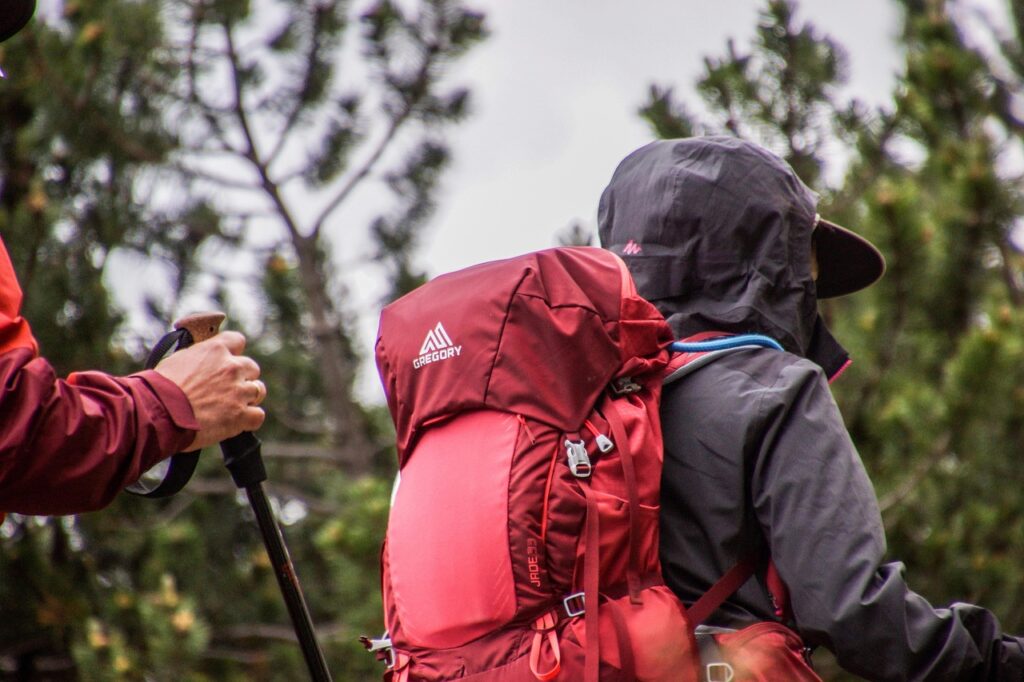
If you are traveling with a serious trekking pack, you need to know if its frame is internal or external. Most modern packs use an internal frame, which is protected by the fabric and poses little issue. Older, external-frame packs, however, are far more vulnerable. The exposed aluminum frame can easily be bent or damaged by machinery, which could render your pack useless for your trip. For these packs, a protective travel duffel is not just a suggestion; it is absolutely essential.